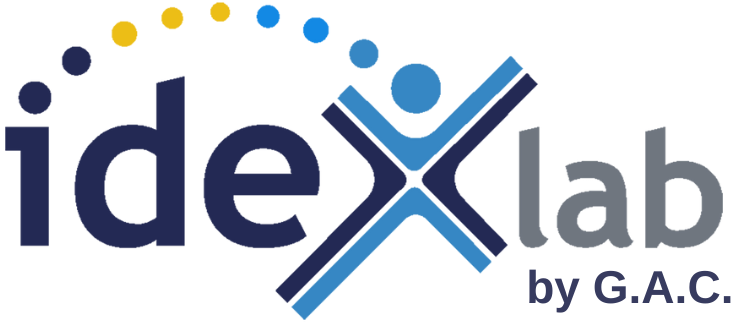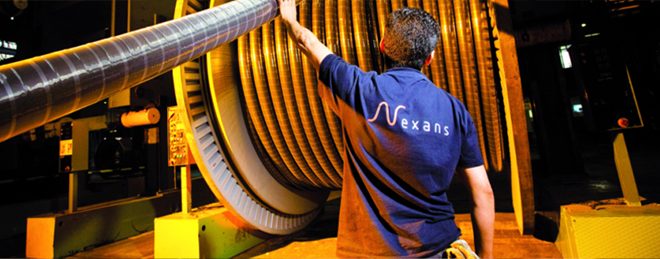Evaluate an R&D investment
Every laboratory in the world faces a permanent dilemma: what projects to invest in? Which projects to stop? What criteria should be used to decide? An applied research organization, especially an industrial laboratory, needs the most objective elements possible to compare projects and decide on its R&D investment portfolio.
The project portfolio can be very vast, involve very heterogeneous technologies, call on a wide range of skills, and apply to very different time scales. Comparison between these different projects is therefore complex, yet prioritization is a key factor in ensuring a well-balanced portfolio and a satisfactory return on investment.
Apprehend the commercial potential and associated risks
To do this, it is necessary to have a good understanding of the commercial potential of the technologies developed and the associated risks.
It is therefore necessary, for each project, to identify :
- The new applications enabled by the technology
- Business sectors that can benefit from these applications
- The levels of performance expected from the applications in these sectors
in order to compare the commercial potential and level of difficulty of each technology in the project portfolio.
These issues raise two difficulties. The first is the need to respond quickly, typically within a few weeks, otherwise the decision-making time is not compatible with the investment cycle which is generally annual. The second is that we are dealing with areas that are not necessarily the company’s current core business and therefore require access to new knowledge.
Open Innovation to facilitate investment in R&D
Open Innovation addresses all three of the above issues and offers a way to deal effectively with the two difficulties mentioned above. Indeed, if one uses the right platform (such as the ideXlab platform), one can quickly discover new knowledge and call upon previously unknown experts to go further and explore new fields of application. Open Innovation is therefore both fast and efficient.
How to make a decision on an R&D investment
The overall approach is as follows.
1 – List the key characteristics of the technology: what differentiates it from existing solutions? What features, what levels of performance, what are the potential competitive advantages? These common sense questions sometimes require in-depth reflection with internal experts in the field to find answers.
2 – Identify application domains that are looking for high performance for these features. And for each field of application, the requesting sectors and, within these sectors, experts or companies that could help us validate the technology’s interest and the expected level of performance. Here again, identification of these applications and sectors requires tools that go beyond the usual search engines. Indeed, it is necessary to be able to make the link between technical fields and application fields, which is not the core business of the usual search engines.
3 – Interview experts in these applications to assess the expected level of performance and other constraints. Finding these experts and contacting them efficiently can be time consuming. This justifies the use of adapted platforms that allow to parallel this process of research and contact.
To learn more about how Open Innovation facilitates this process, we invite you to read a case study on Nexans, the world leader in the cable industry.






